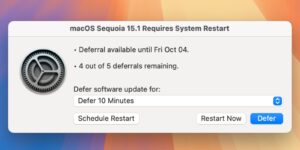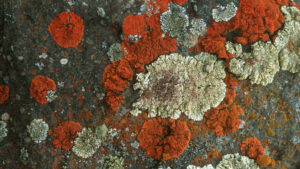Apple patent filing is for a bed sensors for sleep tracking/monitoring : Apple World Today

[ad_1]
The iBed? Apple has filed for two patents (number 20210038092) for a “layered sensor having multiple laterally adjacent substrates in a single layer” that involves sleep tracking features in a bed. As cool as an “iBed” sounds, the idea is for a comfortable, thin sleep sensor monitor that would lay across a bed
In the filing for patent number 20210038092, Apple notes that devices used for detecting sleep data may be placed beneath users to collect data as the users sleep. The tech giant says that, in general, it may be beneficial to make devices for detecting sleep data as thin and/or as flexible as possible to be imperceptible or nearly imperceptible to users.
Some devices used for detecting sleep data may include multiple types of sensing mechanisms in a single device. Some devices are assembled by stacking multiple layers on top of one another, each layer including the same material(s) and/or a single type of sensing mechanism along the entire layer.
Appel says that this may require at least one layer for each type of sensing mechanism, and may cause traditional devices to be rigid and thick, resulting in discomfort for users and reducing users’ willingness to continue using the devices. One solution would be a slim bed strip with built-in sensors.
Here’s the summary of the patent filing: “A sleep monitor includes a layered sensor that includes at least one substrate layer that includes multiple laterally adjacent substrates. The substrate layer may be formed by interdigitating fingers of a first sheet with fingers of a second sheet. Combining multiple substrates in a single layer of a layered sensor may allow multiple materials and/or sensing mechanisms to be combined together in a single layer.”
Patent filing 20210041287 is for an “on-bed differential piezoelectric sensor” with various health sensors. It could be used on a bed or elsewhere to sense vibrations, including sounds. The sensed vibrations or sounds may include biological vibrations or sounds made by a user, such as heart vibrations or sounds, lung vibrations or sounds, nasal vibrations or sounds, or digestive vibrations or sounds.
Here’s the summary of this patent: “A sensor system includes a sensor stack, a differential amplifier, an analog-to-digital converter, and a processor. The sensor stack includes a piezoelectric material having a first side opposing a second side, a first electrode connected to the first side, and a second electrode connected to the second side.
“The differential amplifier is coupled to the first and second electrodes and is configured to generate a differential output indicative of vibrations sensed by the piezoelectric material. The analog-to-differential converter is configured to digitize the differential output. The processor is configured to identify a type of biological vibration included in the digitized differential output.”
[ad_2]
Source link



